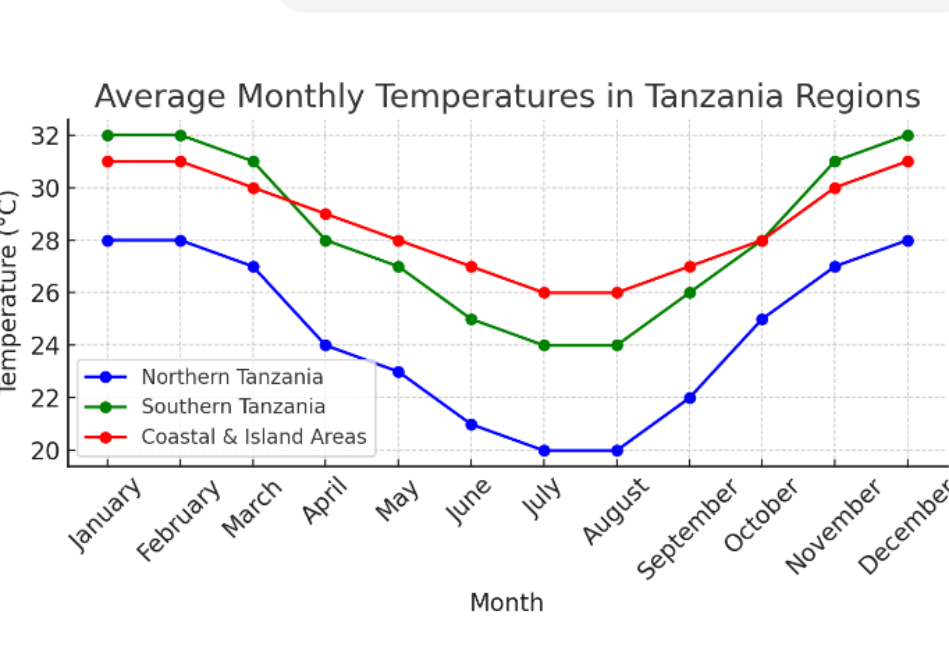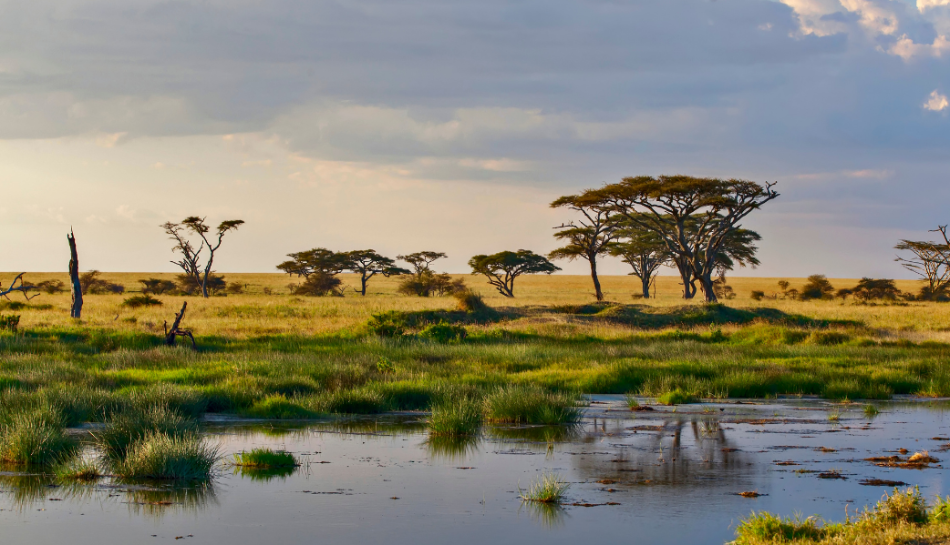From the breathtaking spectacle of the Great Migration in the Serengeti to the majestic heights of Mount Kilimanjaro, Tanzania promises a safari experience like no other, drawing thrill-seekers from around the globe. To make your adventure truly unforgettable, knowing the optimal times to visit is key. Whether you're yearning to come face-to-face with the legendary Big Five—lion, leopard, elephant, buffalo, and rhino—or eager to bask in the stunning beauty of ever-changing landscapes.

Understanding Tanzania's Climate and Seasons
Tanzania's climate varies significantly across its regions, influenced by altitude, geography, and proximity to the coast. The country's diverse climate zones result in a rich variety of ecosystems, each with unique wildlife and natural beauty. Generally, Tanzania experiences two main seasons: the dry season and the wet season, each offering distinct advantages for safari-goers.
Dry Season (June to October)
The dry season is often considered the best time to visit Tanzania for safaris. The weather during this period is cooler and more predictable, making it ideal for wildlife viewing. The scarcity of water forces animals to congregate around the remaining waterholes and rivers, increasing the chances of sightings.
- Cooler Temperatures: Day temperatures range from 20°C to 30°C (68°F to 86°F), with cooler nights, especially at higher altitudes.
- Minimal Rainfall: This season sees very little rain, resulting in drier landscapes and clearer skies.
- Increased Wildlife Visibility: Animals gather around waterholes as vegetation thins out, making them easier to spot.
Wet Season (November to May)
The wet season in Tanzania is divided into the short rains (November to December) and the long rains (March to May). While some may avoid this season due to potential downpours, it offers unique opportunities for travelers.
- Lush Landscapes: The rains rejuvenate the landscape, with vibrant greenery and blooming flowers transforming the savannah into a verdant paradise.
- Calving Season: From January to March, many herbivores, particularly wildebeest, give birth, making it an excellent time to witness newborn animals and predator-prey interactions.
- Fewer Tourists: The wet season tends to have fewer tourists, providing a more peaceful and intimate safari experience.
Best Time to See the Big Five
Tanzania is one of the best places to see the iconic Big Five animals in their natural habitats. Here’s when and where to find them:
-
Lions
Lions can be spotted year-round, but the dry season offers the best chances as prey animals gather around water sources.
Best Locations: Serengeti National Park (especially Seronera area), Ngorongoro Crater. -
Leopards
Leopards are elusive and prefer dense vegetation. They are often seen resting in trees during the day.
Best Locations: Serengeti National Park (rocky kopjes and riverine forests), Ruaha National Park. -
Elephants
Elephants are abundant throughout the year, with large herds gathering around water sources in the dry season.
Best Locations: Tarangire National Park, Selous Game Reserve (Nyerere National Park). -
Buffalo
Buffaloes form large herds, especially visible during the dry season.
Best Locations: Serengeti National Park, Katavi National Park. -
Rhinos
Sightings are rare due to their endangered status, but they can be seen in protected areas.
Best Location: Ngorongoro Crater.
Seasonal Highlights Beyond the Big Five
While the Big Five are a major draw, Tanzania offers a wealth of other wildlife and natural phenomena worth experiencing.
The Great Migration
One of the world's most incredible natural events, the Great Migration involves millions of wildebeest, zebras, and gazelles moving across the Serengeti in search of fresh grazing grounds.
Key Periods:
- June to July: River crossings at the Grumeti River.
- July to October: Dramatic Mara River crossings.
- January to March: Calving season in the Southern Serengeti.
Bird Watching
With over 1,000 bird species, Tanzania is a birdwatcher's paradise, especially during the wet season when migratory birds join the local populations.
Best Locations: Lake Manyara National Park, Arusha National Park.
Flora and Scenic Beauty
The rainy season transforms Tanzania’s landscapes into lush, green environments. Wildflowers bloom, and the air is filled with fresh scents, offering a beautiful contrast to the usual dry scenery.



